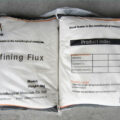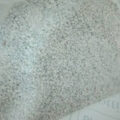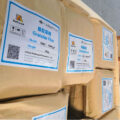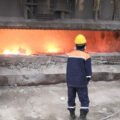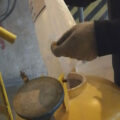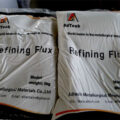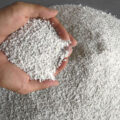Slag remover belongs to a processing flux for purifying aluminum alloy melt. It is composed of a variety of chlorides and fluorides. It has not only a remarkable slag removal effect, but also degassing and covering functions.
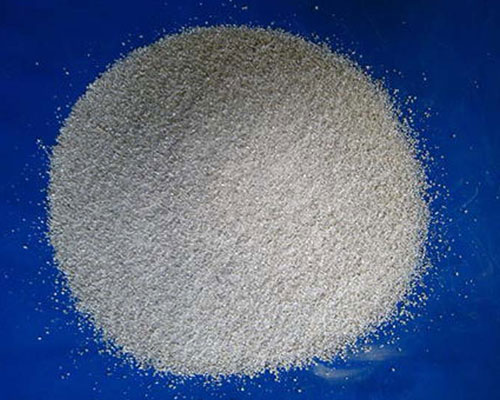
Slag removal and degassing are the two central links and ultimate goals of aluminum alloy melt purification treatment, which have been the subject of many researchers. Therefore, a variety of degassing methods, slag removal methods and on-line degassing and slag removal combined treatment methods emerge as the times require. The equipment and devices used are becoming more and more advanced, and their cost, maintenance cost and technical requirements are higher and higher. Flux used in the purification process is generally used at present.
When slagging flux is used, it should be put into the refining tank and sent to the melt in the furnace for slag removal and refining. In addition to the disadvantages of inconvenient operation, the slag forming effect of the traditional flux is not good. Therefore, there are not enough oxide slag in the aluminum melt, and the slag formed is not easy to separate from the aluminum melt, which makes it difficult to improve the purity of aluminum liquid. Moreover, the slag contains a considerable amount of aluminum liquid, generally up to 3-10%, resulting in waste of metal.
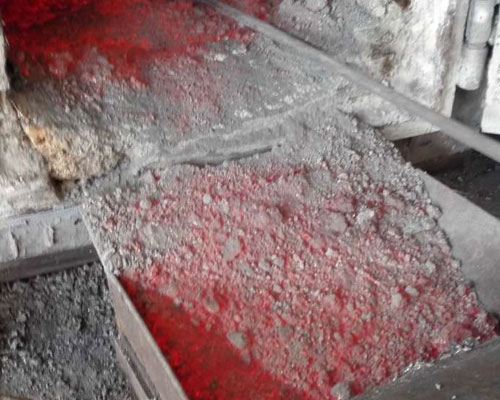
In view of the shortcomings of the existing technology, Adtech provides a kind of aluminum alloy covering slag remover with good spreading, separation, and refining properties, and the flux is easy to use.
The slag remover is in powder form, which is made up of a variety of chlorides and fluorides. When applied in the aluminum alloy melt for purification, the NaCl, KCl2, sodium sulfate, and Na2SiF6 play the role of covering agent, while MnO3 plays the role of refining agent. The combination of NaCl and KCl has a good covering effect on aluminum melt, because these compounds have small surface tension and viscosity, and have good spreading, covering, and separation properties. At the same time, NaCl and KCl have no pollution to the melt. MgCl2 exists in liquid state at 720 ℃, which has the function of dissolving hydrogen and can also surround the suspended particles in the melt. It can be separated from the aluminum melt, so as to play the role of degassing and slag removal. Adding a certain amount of MnO3 can reduce the melting point of KCl and NaCl mixed salts and improve the covering effect. NaF can also erode the molten metal at the interface of Al2O3 Al and make the oxide film mechanically detached.



